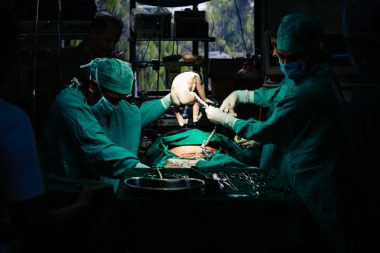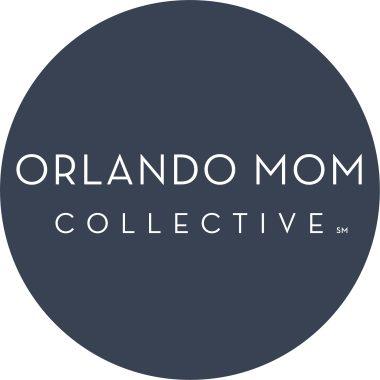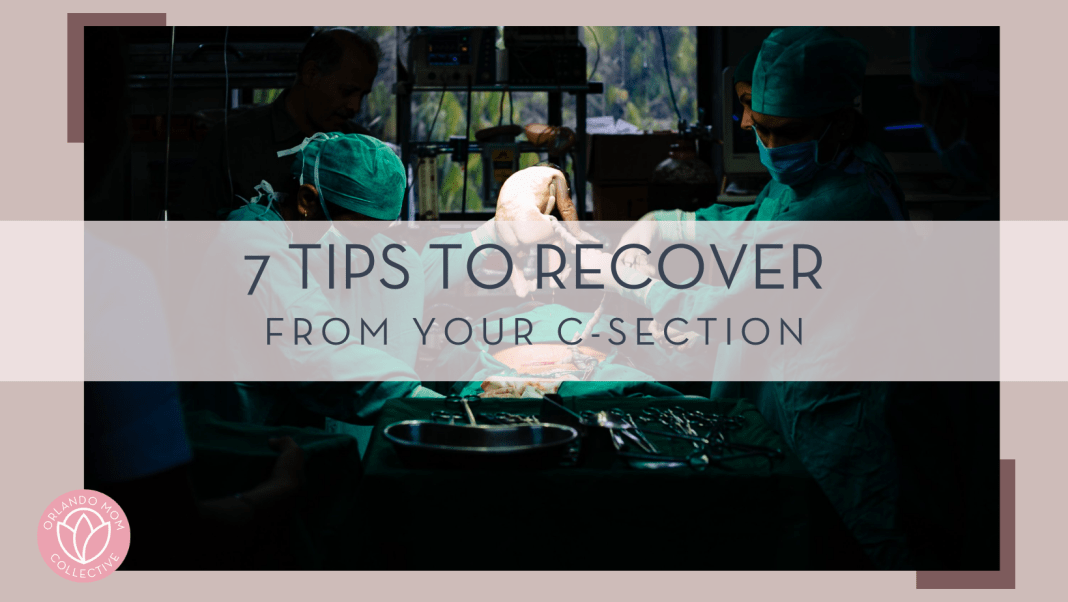Having a cesarean section is essentially the same as having major abdominal surgery. A human life was grown then birthed via the “sun roof” of your body and is nothing short of amazing! Congratulations! Whether the c-section was your birth choice or due to an emergency, there are plenty of things you can do to make the healing process easier.

Now you’re handed a bundle of joy, an ice pack, some fashionable mesh underwear and told not to lift anything more than 10 lbs (aka your baby) for a few weeks.
What should you do?
Breathe
Breathe into your diaphragm, lower abdomen and lower ribcage as it feels comfortable to help increase oxygenated blood to healing tissues. Moments when you’re sitting, pumping, resting, nursing/feeding are great times to perform a general body scan and loosen your jaw, let go of your shoulder tension, unclench your abdomen and relax your pelvic floor muscles. Let it all GO!
Poop Effectively
Take your stool softeners as prescribed or advised, hug a pillow for abdominal support, exhale with effort, and use a Squatty Potty or step stool (which will position your knees higher than your hips) to help relax your pelvic floor when you go to the bathroom. Make sure you’re drinking plenty of water (half your body weight in ounces plus some!). Eat lots of insoluble (helps move poop out) and soluble fiber (helps poop come together) to aid with easy poops. Try not to strain or hold your breath when peeing or pooping.
Gentle Movements
Allow your body whatever time it requires to heal from growing a baby followed by recent abdominal surgery. You might have been given an abdominal support or binder to help support your trunk and core. Use that as prescribed, typically no longer than 2 weeks during standing activities. As you feel up to it, go for short walks in/around your home, then extend distances 1 block at a time. Hold onto and push your baby stroller for support, but if your walk has hills (some parts of Florida have hills!), try to stay on flat, level ground before attempting inclines and rough terrains. Gentle stretches including: seated figure-4 piriformis stretch, laying down knee to chest glute/butt stretch, laying flat on the couch/floor/bed and moving arms like a snow angel can be done in 20-30 second intervals as long as they do not cause pain.
Cesarean Massage & Desensitization
After leaving the hospital you’ll have a bandage, glue, and/or stitches over your lower abdominal incision. Gentle massage several inches away from the actual incision with clean hands promoting blood flow, circulation, and oxygenation are beneficial days after delivery. As the stitches dissolve, or glue falls off, you can progress the clean finger tip massage closer to the incision itself. Around 3-5 weeks postpartum or when the incision is fully healed begin with gentle massage over, under, to the left, to the right, all around the incision. Taking time to get ‘up under’ the scar as well as weeks go by. Scar tissue can take the shape of an iceberg, so we want to break up the scar tissue from all angles to prevent restrictions or adhesions and help with muscle activation. If the thought of touch or the initial touch is scary, start with desensitization. For example, go next to the scar with a soft baby blanket or make up brush and lightly brush over the scar from side to side or up and down. Make sure to notice how it feels while telling yourself, ‘this is a makeup brush, etc.’ as we are trying to retrain your injured nerves to feel things the way they should be felt vs the current flight or fight (numb or painful) feelings they are experiencing post surgery/trauma. Progress to more rough textures and pressures as your nerves and tissue heal.
Schedule your appointment with a Pelvic Health Physical/Occupational Therapist
Seeing a pelvic health PT/OT during pregnancy is ideal. Granted, anytime is a great time to start receiving care! A pelvic health physical therapist can assess your core, pelvic floor, cesarean section, review body mechanics, provide specific exercises, and guide you in your journey postpartum. Florida is a Direct Access state meaning you do not need a referral to seek care from a licensed doctor of physical therapy ((Medicare and Medicaid excluded).
Give yourself Grace
Each pregnancy, delivery, postpartum situation is incredibly different, even your own previous births. Do not compare yourself to a previous postpartum recovery or someone else’s journey. We all have our own triumphs and challenges that make us who we are as unique parents and moms. I’m proud of you exactly where you are today!
Ask AND ACCEPT help!
Help is out there, you do have to ask for it, then accept it. Visit Postpartum Support International for a list of local mental health therapists and psychologists in your area and/or state. Seek out assistance and support from a postpartum doula, neighbors, helpful family and friends you trust to help you with household chores, meal prep, whatever you might need (and are comfortable with asking). So you can get some rest and not push yourself too much in your first few healing weeks.


















